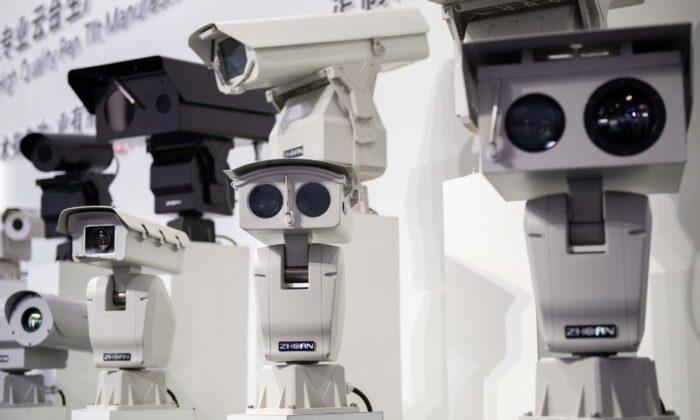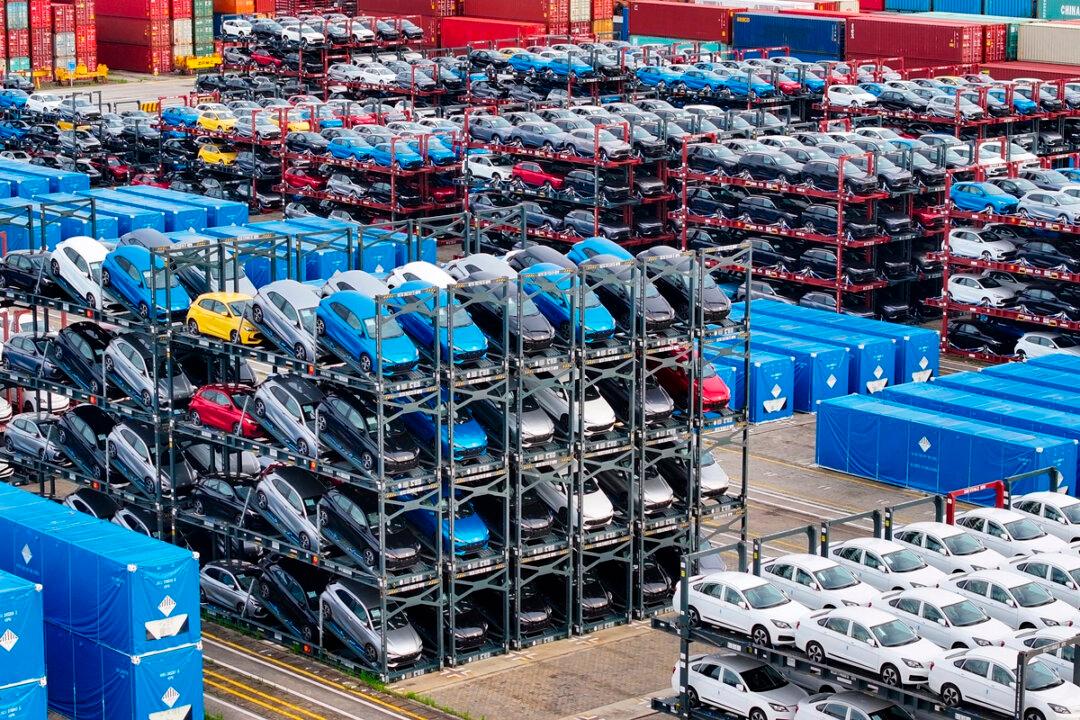The European Union on Monday agreed on controlling the export of surveillance products and technologies, to prevent them from being used in human rights violations.
The head of the negotiating delegation MEP Bernd Lange called the agreement a “milestone” because it was the first time that export rules for surveillance technologies have been agreed.
“The revised regulation updates European export controls and adapts to technological progress, new security risks, and information on human rights violations,” Lange said.
The controlling of surveillance tech is part of a preliminary agreement of the European Parliament and the European Council of a revised EU control regime that regulates the export of so-called dual-use products and technologies—goods and technologies that have legitimate civilian applications but can also be used for military purposes.
Under the new rules, European companies will have to apply for government licenses to export certain products and they'll have to meet criteria that have been beefed up to include requirements to consider whether the sale poses a risk to human rights.
EU countries will also have to be more transparent by publicly disclosing details about the export licenses they grant. And the rules can also be swiftly changed to cover emerging technologies.
Dual use technology could also include high-performance computers, drones, and certain chemicals.
“We will now have EU-wide transparency on the export of cyber surveillance and will control the export of biometric surveillance,” Marketa Gregorova, a European Parliament lawmaker who was one of the lead negotiators, said in a statement.
“Authoritarian regimes will no longer be able to secretly get their hands on European cyber-surveillance,” she added.
The agreement comes after years of negotiations and still needs formal approval from the European Parliament and other bodies but that’s expected to be a formality.

Existing Rules Fail To Deal With Emerging Risks
Human rights groups have been urging the EU to tighten up export rules. Amnesty International said in a recent report that the bloc’s existing regulations fail to address the “rapidly changing surveillance dynamics” or take into account emerging risks posed by new digital surveillance technology.The group said it found three European companies that sold digital surveillance tech to China.
“These technologies included facial and emotion recognition software, and are now used by Chinese public security bureaus, criminal law enforcement agencies, and/or government-related research institutes, including in the region of Xinjiang,” the report said.
Morpho, which is now part of IDEMIA, a French multinational, was awarded a contract to supply facial recognition equipment directly to the Shanghai Public Security Bureau in 2015, the report says.
IDEMIA said the sale had involved an old-generation system for the identification of faces on recorded footage rather than live surveillance, adding it “did not and does not sell facial recognition technologies to China.”
Axis Communications, a Swedish company, was said to have supplied its technology to China’s public security apparatus and is repeatedly listed as a “recommended brand” in Chinese state surveillance tender documents dating from 2012 to 2019.
Dutch company Noldus Information Technology supplied emotion recognition systems to public security and law enforcement-related institutions in China, Amnesty said.
Digital Prisons
Another recent analysis showed that Chinese cities account for 18 of the 20 most-surveilled cities in the world.
Yin Jun from Dahua Technology, which sold millions of facial recognition cameras, told the BBC: “We can match every face with an ID card, and trace all your movements back one week in time. We can match your face with your car, match you with your relatives and the people you’re in touch with. With enough cameras, we can know who you frequently meet.”
“If you jaywalk, it clocks that you’ve done it because the cameras are ubiquitous now. So the facial recognition is incredibly strong. … Next thing you know, you pick your mobile phone up and the fine for having jaywalked is already in your text messages, if not already deducted from your bank account. And your name and/or your government number is already broadcast on the OLED screen that’s above the intersection, the nearest intersection.”
Malmgren said that if you are associated with someone who, for instance, “Google stuff that they don’t want you looking at,” your social credit score will also go down.
“Because Mao always said that the best eyes and watchers is not the government, it’s to get everybody to report on each other. … The Stasi would love this system,” Malmgren said.
Citing the example of how a dissenter’s wife couldn’t go beyond a few blocks from her home without the police showing up, Malmgren said, “They are putting you into digital prisons.”





